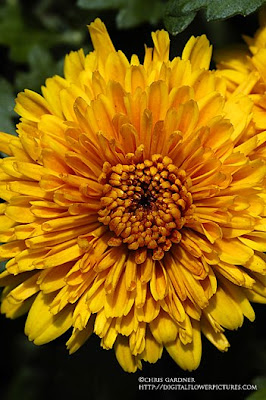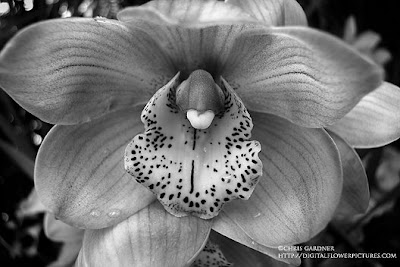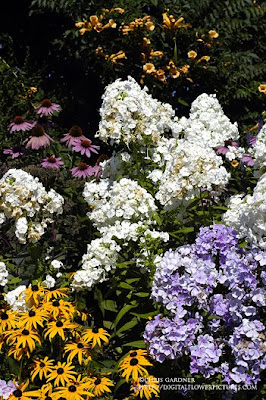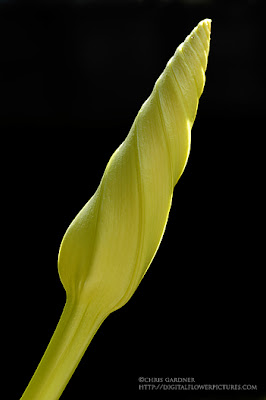
Black-eyed Susan
Rudbeckia hirta 'Becky Mix'
(rud-BEK-ee-a) (HER-tuh)
This annual has just been super this season. It has just kept blooming and is really showy. The ‘mix’ is a good range of yellow and yellow with red centers. This is one of the darker yellow and out of about six plants there has been a good mix of yellow/orangey shades. I really wish it were perennial like most of the other Black-eyed Susans. ‘Becky’ has stayed very compact and fit into the front of a border we planted this summer almost perfectly. You can see from the leaf sticking in the picture that it has kind of hairy spines. They don’t really hurt but the foliage feels weird.
Karen and I are taking a long weekend on the Jersey shore so this space will probably pick up again on Monday evening or Tuesday. The Labor Day Weekend is considered the end of summer here in the US. I have an action packed fall season planned for work and will be ready to dive in on Tuesday.

















































